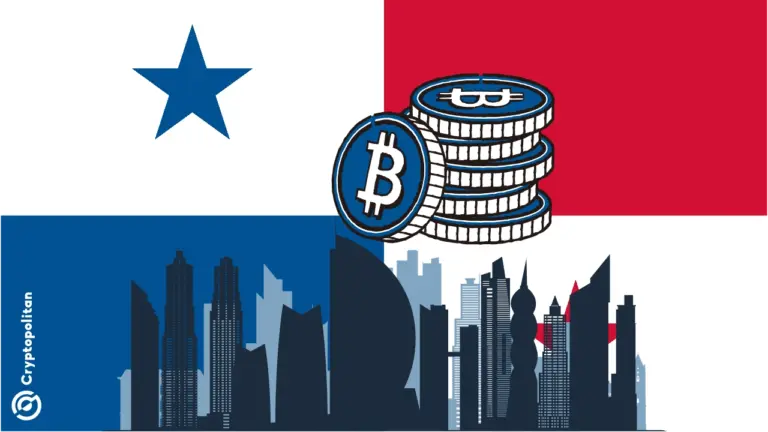Buterin outlines Ethereum’s plans for quantum-resistant cryptography
Vitalik Buterin has detailed his vision for "The Splurge," a stage in Ethereum’s (CRYPTO:ETH) roadmap focused on various improvements, including preparations for potential threats from quantum computing.
In an Oct. 29 blog post, the Ethereum co-founder explained that The Splurge aims to tackle the “remaining tasks” to strengthen Ethereum’s infrastructure.
A key focus of The Splurge is exploring “advanced cryptography” to protect the blockchain from future quantum computers, which, Buterin noted, do not yet exist in a form capable of breaking current encryption standards.
He emphasised that quantum computers “do not even exist” in a functional state to pose a real threat, stating, “Any purported quantum computer currently touted on the internet are either prototypes or are just not real quantum computers, in the sense that while they may have quantum parts in them, they cannot run actually meaningful computations.”
He acknowledged that even if “real” quantum computers become a reality, their availability to the general public could still be decades away.
“The day when regular people have quantum computers on their laptops or phones may well be decades after the day when powerful institutions get one that can crack elliptic curve cryptography,” he added.
Buterin emphasised that The Splurge will focus on Ethereum Virtual Machine (EVM) improvements, optimising transaction fees, and integrating account abstraction.
He explained, “There are lots of ‘little things’ in Ethereum protocol design that are very valuable for Ethereum’s success, but don’t fit nicely into a larger sub-category. This is what ‘The Splurge’ is for.”
The next Ethereum upgrade, called Pectra, is set to roll out late this year or early next, marking “the first step” towards enhancing EVMs with new proposals such as the EVM Object Format (EOF).
EOF aims to separate code and data to ease processing for layer 2 blockchains.
Additionally, Buterin proposed introducing account abstraction features to make interactions with the blockchain more flexible, including the ability for users to pay transaction fees with ERC-20 tokens rather than Ether.
He explained, “The main remaining thing to figure out is how to fully bring account abstraction into the protocol.”
Regarding transaction fee economics, Buterin discussed adopting a multidimensional gas model to set different prices and limits for specific resources, potentially improving efficiency and reducing strain on the network’s resources.
“We have multidimensional gas for execution and blobs today. In principle, we could increase this to more dimensions: calldata, state reads/writes, and state size expansion,” he noted.
At the time of reporting, the Ethereum price was $2,619.62.
Disclaimer: The content of this article solely reflects the author's opinion and does not represent the platform in any capacity. This article is not intended to serve as a reference for making investment decisions.
You may also like
Panama City Council makes history as the first government institution accepting crypto payments
Share link:In this post: Panama City council voted in favor of becoming the first public institution of government to accept payments in cryptocurrencies. Citizens will now be able to pay taxes, fees, tickets and permits entirely in crypto starting with BTC, ETH, USDC, and USDT. The city partnered with a bank that will receive crypto payments and convert them on the spot to U.S. dollars, allowing for the free flow of crypto in the entire economy.

EnclaveX launch brings fully encrypted, cross-chain futures trading to retail investors
Sui Integrates Babylon’s Bitcoin Staking Protocol and Becomes a BSN
Will Paul Atkins, the New SEC Chair, Change the Regulatory Stance?
